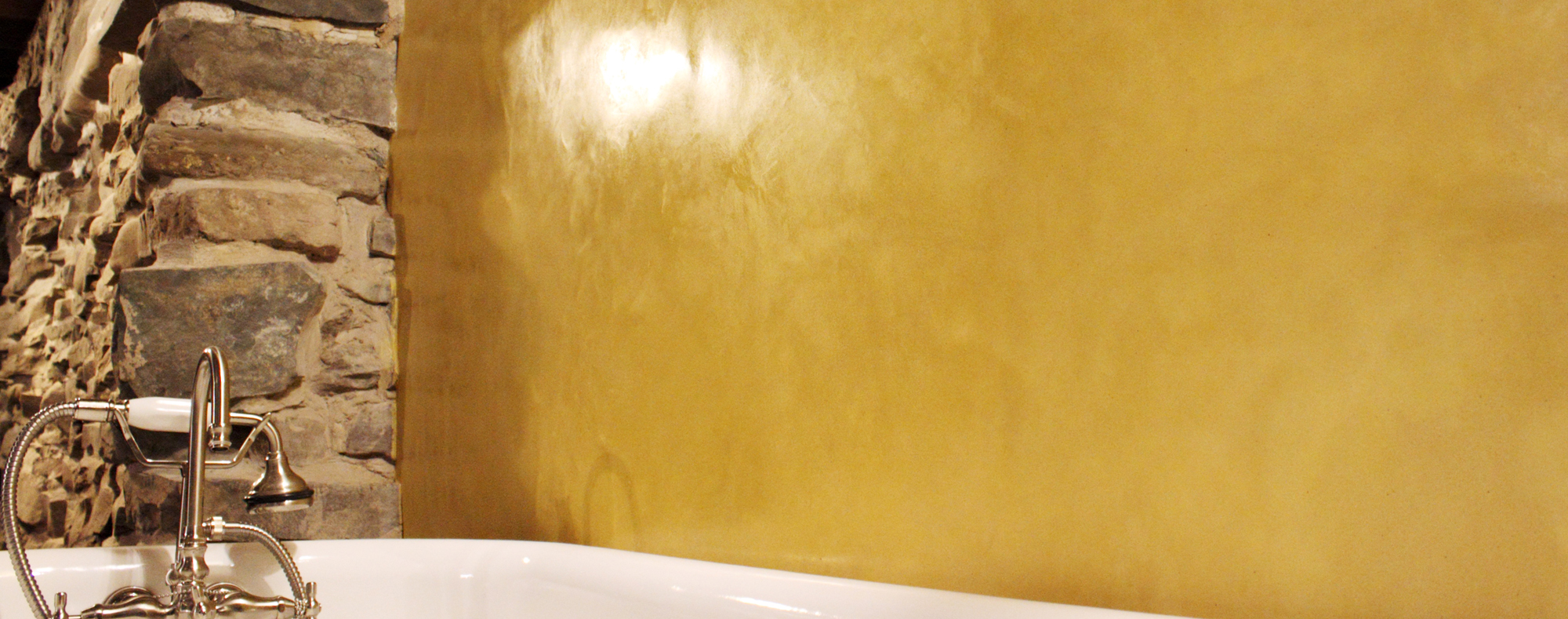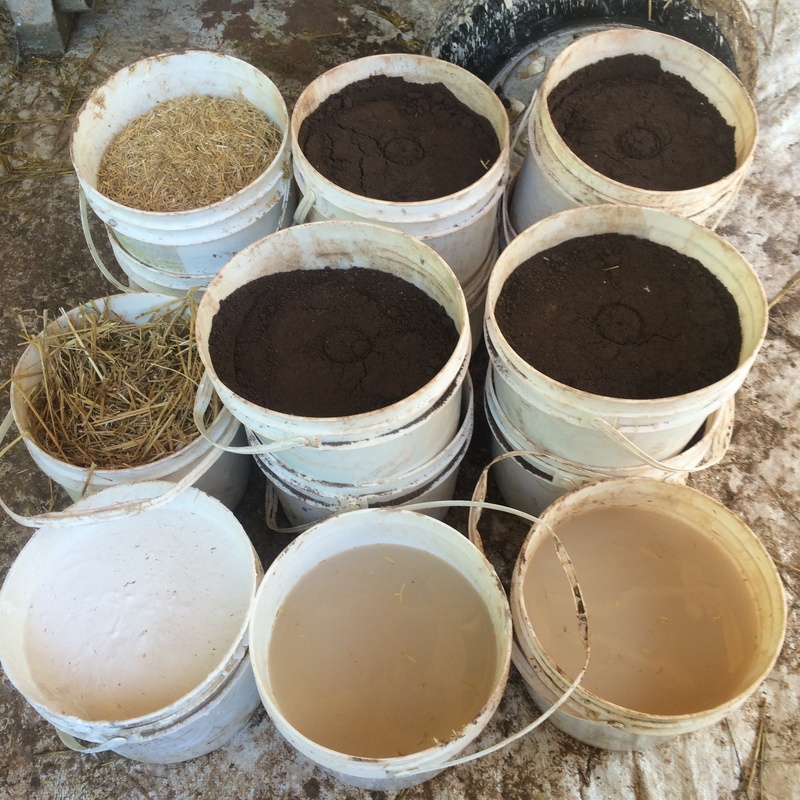As their name implies, binders glue the other elements of a plaster together. More than anything else the binder defines the properties of a plaster including strength, permeability, and resistance to weathering. Over thousands of years of natural plastering there are three major binders that have been traditionally used: clay, gypsum, and lime. There’s a…
How to make clay slip from site soil
Earth plasters are wonderful because you can use soil that was dug from your foundation, or a truck can deliver a load of clay soil that was dug from another construction site. But anyone who has a pile of clay soil sitting on their jobsite knows that it’s hard to process. It can be rock hard, or incredibly sticky…
Sand for Natural Plasters
Sand is underrated. It provides the structure of plaster, and the quality of your sand can make the difference between success and failure. So what makes sand good or bad? In general, good plaster sand should be sharp, with a diversity of particle sizes, and clean. Sand should be sharp and angular, not worn and…
Plaster Recipe Notes
Addendums, corrections and notes on recipes are posted here. If you’ve used a recipe please post your own note in comments! Pigmented Finish Plaster with Fiber (page 101) Cat-tail fluff makes a nice fiber addition to this recipe and can be had for free (unlike hemp, which is hard to source). Use about a half…
Earth plaster skim coat tricks
Last summer we were working on a job skim-coating a clay plaster over drywall, but the drywall prep was uneven and fairly rough. We were having trouble with joints showing through. The fix for this is relatively simple – apply the plaster in two thin coats. The first coat helps level the wall, and deals…

